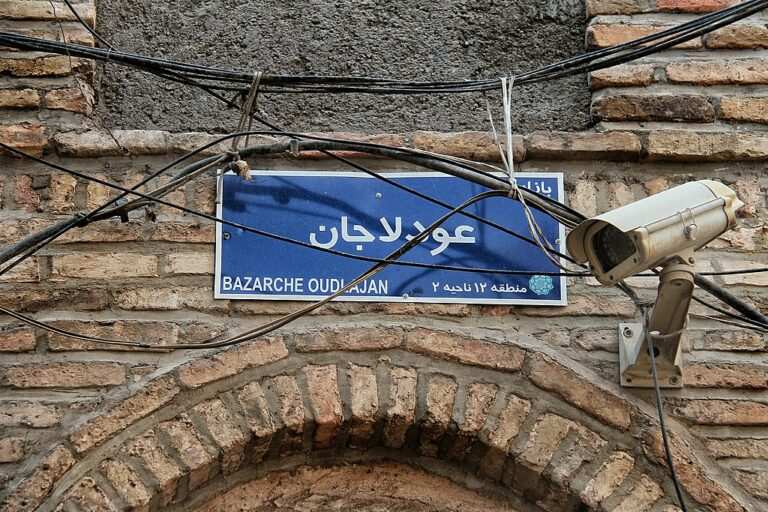
This article was originally published by Radio Free Europe/Radio Liberty and is reprinted with permission.
A senior Iranian law enforcement official says President Ebrahim Raisi has approved an increase in the number of surveillance cameras around the country in the face of ongoing civil disobedience against the mandatory hijab law for women.
Ahmadreza Radan, the commander of the Iranian Law Enforcement Force, said on June 15 that the president agreed with a request to increase the “coverage level” by surveillance cameras as part of the implementation of “dealing with hijab removal through cameras.”
The authorities have intensified efforts to enforce the Islamic dress code as more women flout the law. They have been emboldened by nationwide antiestablishment protests that erupted in September 2022 following the death of 22-year-old Mahsa Amini soon after she was arrested by the morality police for allegedly violating the hijab law.
During the demonstrations, women and girls have removed and burned their head scarves, while students, who have also been at the forefront of the demonstrations, have flouted the law on campuses, sparking a crackdown by school security.
While Radan described the goal as “ensuring maximum security in various dimensions,” the context of the nationwide “Women, life, freedom” protests suggests that the surveillance cameras are an attempt to control protesters and opponents of the hijab law.
According to Radan, surveillance cameras will be used to monitor public spaces for women not wearing the head scarf and offenders will receive a warning via SMS. Repeated offenders could face hefty fines and lose access to mobile-phone and Internet services and other penalties, the authorities said.
Despite the increased pressure to conform, resistance to the mandatory hijab continues with daily images being published of women in public places in various cities not wearing the head scarf in a direct challenge to the authorities.
The semiofficial Fars news agency published a video on June 15 showing some people in civilian clothes on Valiasr Street in Tehran giving “hijab reminders” to women. The video also showed the blurred national ID cards of some of those detained.
The news agency claimed that “unveiled” individuals were “identified” in this way using “artificial intelligence.”
However, social-media users questioned the assertion, noting a mobile camera was used in the video. They say the government is just trying to intimidate opponents of the mandatory hijab.
Iran has already used surveillance cameras to identify protesters.
A group that hacked the website of the presidency on May 29 said it found a document marked “very confidential” that showed that the Sarallah base of the Islamic Revolutionary Guards Corps in Tehran, which plays a key role in suppressing popular protests, had asked the government to pay its debt for installing “facial recognition” cameras in the Tehran subway.
0 comments :
Post a Comment